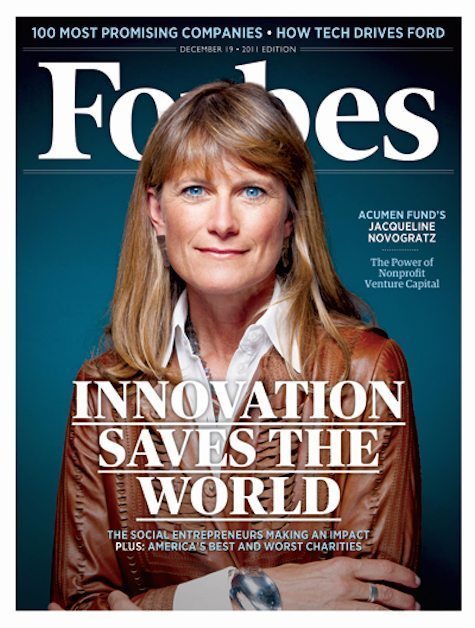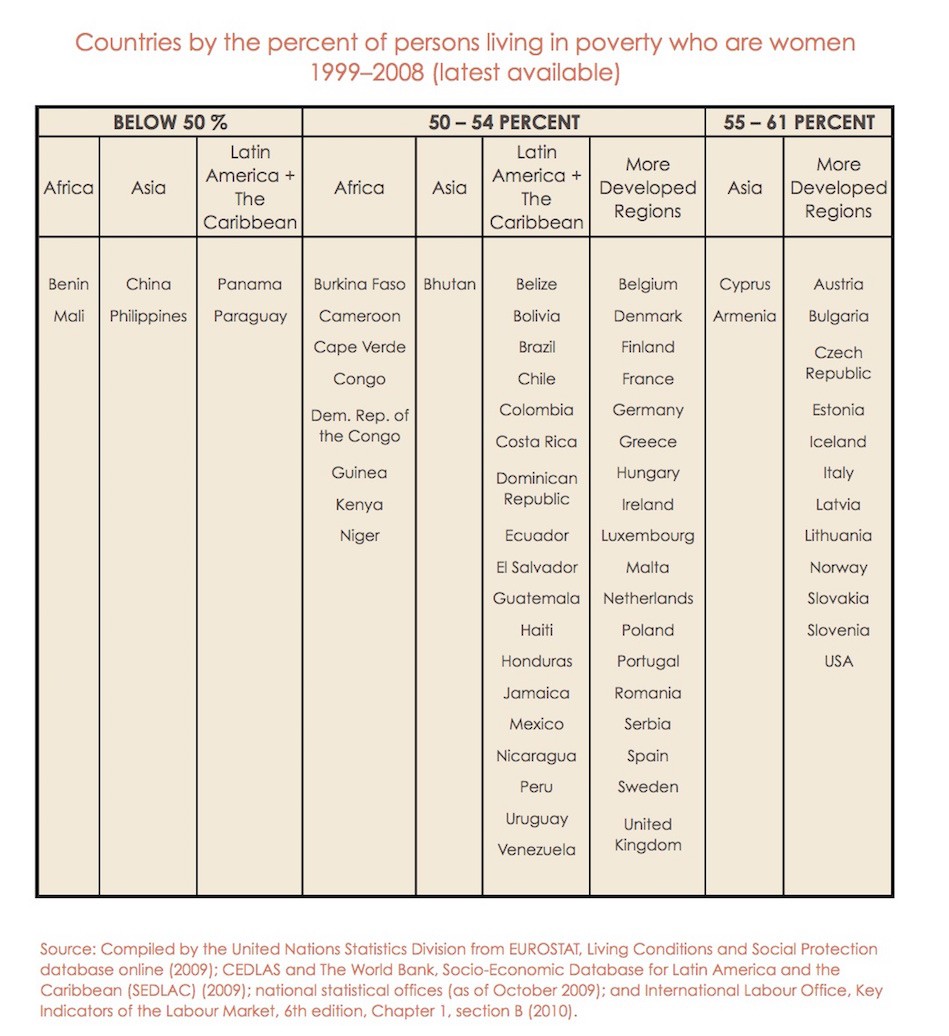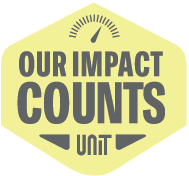Why do so many social enterprises focus on helping women?
By Alison Klein | March 18, 2016
A number of articles have explored why so many women start social enterprises, but fewer have examined why so many social enterprises focus on helping women.
Last week, I had the pleasure of chatting about the topic with Annie Brown, a freelance marketing consultant and former Editor in Chief at Microfinance Focus. Annie studied women’s economic history at The College of William and Mary and has a degree in Gender and Development from the TaTa Institute of Social Studies in Mumbai.
Using Annie’s insights and some research of my own, I identified three reasons why organizations in the fourth sector place such a strong emphasis on female-focused enterprises and women’s issues.
I realize that individual social entrepreneurs might be motivated by a variety of factors unique to their location, situation, experiences and values, but I also believe that the fourth sector’s broad focus on women has some concrete causes. Let me know which factor you think has the biggest impact in the comments below!
Get Pegable blog posts sent right to your inbox for ideas, advice and resources on activating your company’s Purpose.
1. Their leaders are aware of – and sensitive to – gender inequality

Jacqueline Novogratz is founder and CEO of Acumen, a nonprofit venture
capital fund that uses entrepreneurial principles to solve poverty globally.
As organizations that seek to create positive social change, social enterprises tend to perform better than traditional companies when it comes to promoting gender equality in leadership. A study of UK social enterprise in 2015 revealed that while only 18% of leaders in small to medium sized enterprises are women, 40% of leaders in social enterprise are women.
Recruiting women for leadership positions not only promotes gender equality in society at large, which is a positive social change in and of itself, but it’s good for the bottom line to engage a diverse set of leaders. In fact, companies with more women on their boards tend to outperform their rivals.
Women in leadership positions are more likely to point to a need to addresses inequality because they’re more likely to have experienced it themselves. According to research by Deborah Small, a professor of marketing and psychology at The Wharton School of the University of Pennsylvania, people are more sympathetic to those who seem to be like them, or to whom they can relate. It makes sense that female leaders would be more aware of – and sympathetic toward – those facing gender inequality than all-male groups of leaders might be.
2. They want to have a bigger impact

Grameen Bank founder Professor Muhammad Yunus at the Building Social
Business Summit in 2013. Yunus coined the term “social business.”
It’s difficult to determine which percent of social enterprises in general focus on women since the term “social enterprise” itself isn’t yet applied or embraced consistently. When it comes to the microfinance branch of social enterprise, however, the numbers are a lot clearer.
Microfinance is a branch of social enterprise that seeks to achieve social benefit through furthering financial inclusion. One of the ways it does this is by administering small loans – or microcredit – to those unable to secure loans from traditional financial institutions. Women are the focus of most microcredit lending and a recent study found that women make up 73% of microfinance customers on average.
Microfinance pioneer and Grameen Bank founder Muhammad Yunus intended it to be that way. After Muhammad Yunus popularized the concept of microfinance, some Microfinance Institutions (MFIs) formed and began operating without the reasonable interest rates and educational support that allowed Grameen Bank to achieve social benefit.
Annie explained that in the aftermath of the microfinance crisis of 2010, it was discovered that many MFIs were using financial measures rather than measures of social impact to gauge their success. While sensible for traditional banks, these measures didn’t make sense for organizations whose primary goal was to create positive social change. Social impact measurement emerged as a way to “measure what matters” and help MFIs adjust their operations to achieve their real goals.
The introduction of social impact measurement led to a renewed emphasis on the services accompanying the loans – financial guidance and education – and a rebirth of belief in the power of microfinance to create change. Once MFIs started tracking impact, the case for focusing loans on women became even stronger.
Statistically, women in the developing world are more likely to use money to invest in long-term improvements to their families’ diet and their children’s education.
These areas of investment contribute directly to the achievement of several Sustainable Development Goals including No Poverty, Zero Hunger, Good Health and Well-Being, Quality Education and Gender Inequality. Studies have shown that while microcredit provided to women improves measures of health and nutrition for children, microcredit provided to men has no significant effect.
This data – the most detailed and global data I’m aware of that addresses the long-term results of social enterprise endeavors – tells us that if the goal is to achieve positive social impact in the areas the UN has identified as most crucial, it is imprudent NOT to focus on women.
Perhaps findings from the microfinance industry like those cited above have shaped the larger social enterprise landscape by guiding the decisions of some for-benefit business leaders.
3. They want to help those most in need
Maybe so many social enterprises focus on helping women because their being historically underserved has put them in a more dire position. They are, statistically speaking, those most in need of help. Take a look at the chart below.
In the Copenhagen Programme of Action of the World Summit for Social Development, The UN Department of Economic and Social Affairs councils that poverty has various manifestations, including lack of income and productive resources sufficient to ensure sustainable livelihoods; hunger and malnutrition; ill health; limited or lack of access to education and other basic services; increased morbidity and mortality from illness; homelessness and inadequate housing; unsafe environments; and social discrimination and exclusion. It is also characterized by a lack of participation in decision-making and in civil, social and cultural life.
Even if we could understand and quantify the interplay of these variables, comprehending female poverty is further complicated by the fact that nearly every study relies on household income information. This data fails to capture how gender and generation can impact the distribution of resources within households.Instead, it assumes that everyone in a household experiences the same degree of poverty. Based on the discrepancies between genders in areas like mortality and education, this simply isn’t true.
Though these complications cloud the waters, it is still possible to characterize patterns of gender inequality in the experience of poverty in a meaningful way.
Social Watch describes how “Due to women’s biology, their social and cultural gender roles, and culturally constructed subordination, they face disadvantageous conditions which accumulate and intensify the already numerous effects of poverty.” They’re also more likely to face financial exclusion, which, as described above, makes it difficult for them to get loans and other financial services.
A 2010 UN report on The World’s Women from the Department of Economic and Social Affairs found that:
- Occupational segregation and gender wage gaps continue to persist in all regions (75)
- Women are more likely to be poor than men when living in one-person households in many countries from both the more developed and the less developed regions (157)
- Existing statutory and customary laws limit women’s access to land and other types of property in most countries in Africa and about half the countries in Asia (157)
- Fewer women than men have cash income in the less developed regions, and a significant proportion of married women have no say in how their cash earnings are spent (157)
Women also suffer from time poverty, an interesting concept that Melinda Gates explains in this short video. This reality makes it clear that if an organization is determined to help those most in need, women will frequently be the beneficiaries of their efforts.
What does it mean?
Personally I’ve always believed in the importance of empowering women but researching the topic has transformed my view. Now, I don’t see it as a values-based personal conviction – it’s a pragmatic strategy that those seeking to create positive social change should not ignore.
Not only does the data say it’s the surest way to achieve positive social impact, but leveling the playing field for a historically disadvantaged group that makes up roughly 50% of the world’s population has the potential to create truly widespread change. It’s a utilitarian choice at heart: focusing on women means that the most people suffering the worst conditions have the best chance of experiencing positive change.
What do you think – are there other factors influencing the female-focus? Does the fact that men sometimes exert decision-making power over women-owned loans and other women-led endeavors limit the strategy’s potential? I’d love to hear your thoughts in the comments below.
Main Image Credit: Lina Limo | Hodag




